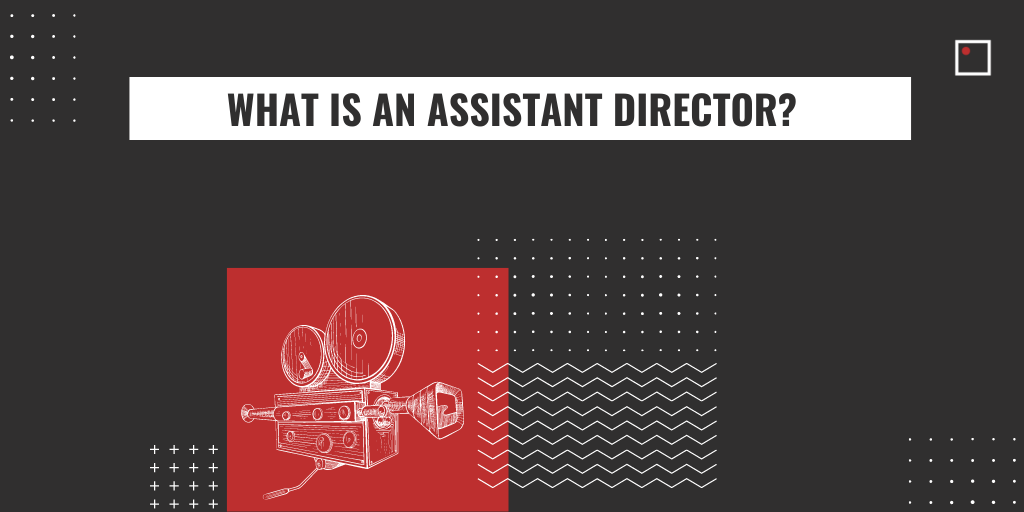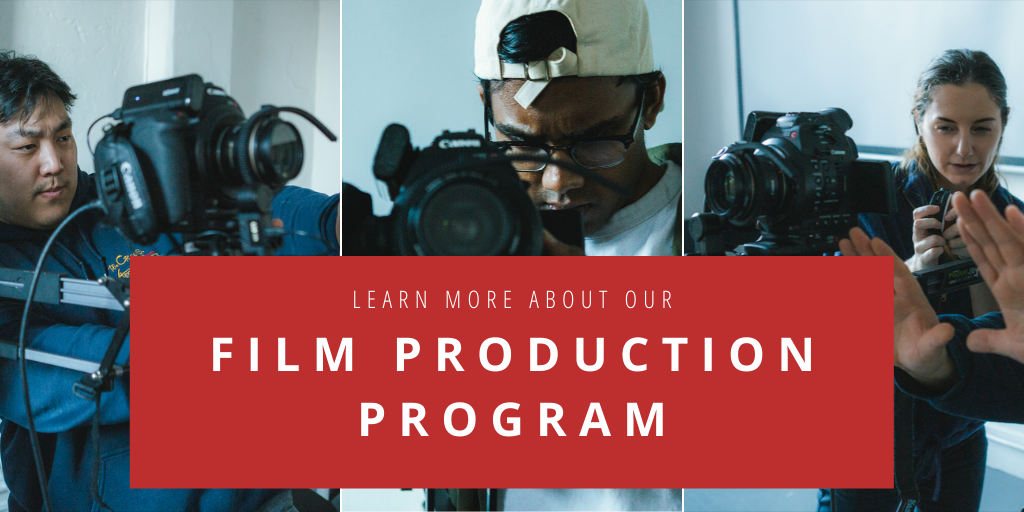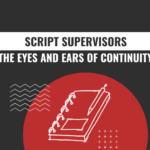What is an Assistant Director in Film?

By Johnny Papan
If films were the human body, you could deliberate that producers are the brains, writers and directors are the heart, cinematographers are the eyes, sound designers are the ears, and production designers are the lips that tell a story with decoration. These key creatives are the head of the anatomy that is a film crew.
But every well-functioning anatomy needs that core piece that connects and communicates with the entire nervous system. When it comes to filmmaking, this piece is the Assistant Director (A.D.), the spine of the production team.
“Without a good first A.D., your movie falls to pieces. I feel like you could
probably run a set better with a good first A.D. and no director
than a good director and no A.D.”
– Natalie Portman, indiewire.com
Although most don’t get as much spotlight as a director or actor, a good A.D. is undeniably one of the most important and appreciated members of any film crew. Assistant Directors are crucial in leading a film from an organizational standpoint, allowing key creatives the mental headspace to focus on their imagination.
Assistant Directors must liaison with every film department in a collaborative effort to ensure the Director’s vision for the script is produced in a timely manner while also staying within the Producer’s set budget. In the film industry, every minute is worth its dollar, and when perfectionists are taking a lot of time to get that marquee shot, producers may envision their money as sand blowing in the wind.
To ensure time and money are saved, the A.D. must conduct pristine preparation throughout the course of pre-production. Here is a step-by-step guide to some of the fundamental responsibilities of the 1st Assistant Director.

Click here to learn more about InFocus Film School’s Writing for Film and Television Program!
1. Script Breakdown
Breaking down a script is essentially making note of every element from within each scene. The A.D. will read the script with pens/highlighters and make note of PAGE COUNT, SCENE LENGTH, LOCATIONS, CHARACTERS, COSTUMES, PROPS, MAKE-UP, SPECIAL EFFECTS, SOUND EFFECTS, and things of the like for every scene.
This information is then entered into a CHRONOLOGICAL SCRIPT BREAKDOWN, an organized overview of each scene in the script. This information is useful for estimating how long it should take to shoot each scene, as well as what each department needs to bring to set each day.
2. One-Line Schedule
It doesn’t make sense to film a movie in the exact order it’s written. To save time and money, the A.D. will reorganize the scenes entered in the Chronological Script Breakdown into a filming order. One Line Schedules are usually organized by location.
This way, if you have a bunch of scenes that take place at INT. RONNIE’S HOUSE (for example), you can rent a house for a few days and shoot all the scenes that take place there in one go, avoiding the extra labour of re-packing gear to go to a different location and then coming back.
3. Day Out of Days
This is a work schedule for actors. Information is taken from the One Line Schedule to see which actors are needed on which day at which locations.
4. Location Scouting
Assistant Directors take part in finding the right location for their stories. They will also organize tech surveys with the creative team to pre-plan shots within the location.
5. Scheduling Meetings
All scheduling is done by the A.D. department. Meetings will usually be the Director, 1st or 2nd A.D., and other key creatives. The Assistant Director simply listens, taking note of important information being discussed. This information will be entered into the PREP MEMO.
6. Prep Memo
This is a resource that serves as both an agenda for upcoming meetings, tech surveys, location scouts and shooting dates, as well as complete list of important notes taken throughout the entire course of production. This resource is updated regularly and sent to the entire production team upon each revision.
7. Storyboarding & Shot List
Assistant Directors will get together with the Director and/or Director of Photography to organize a shot list for each shooting day. The goal is to bunch shots together in a way that would require the least amount of lighting and camera setup changes.
8. Call Sheets
Call sheets are a schedule that is distributed to the entire crew. They contain a lot of information including which shots are being filmed, call times for everyone to arrive on set, a map with directions to the filming location, as well as contact information for all crew, and much more. Call sheets are generally distributed the night before shooting.
9. Production
The Assistant Director is in charge of everything that happens during principal photography. They are responsible for safety meetings, ensuring production is running smoothly, and are the central figure for all communication.
Assistant Directors on set must set an authoritative but approachable standard for themselves. They must know where everyone is at all times, and everyone must let the A.D. know where they are going if they need to leave set for whatever reason.
The A.D. is the voice of the set, as they must express everything happening to the whole crew, whether it be rehearsals, resets, blocking, or when the director calls cut. If production is running low on time, the A.D. has the power to tell the Director that some shots may need to get cut, or risk not capturing everything needed. In essence, the A.D. is “the boss” of any set.
It’s true that the Assistant Director is one of the most under-recognized positions in the mainstream public, but their efforts are renowned by their team. Many directors and actors praise the A.D. as the most important person on set.
Once filming is wrapped, the A.D. is free to hang their boots and relax as they wait to take on their next project.
Related Links





